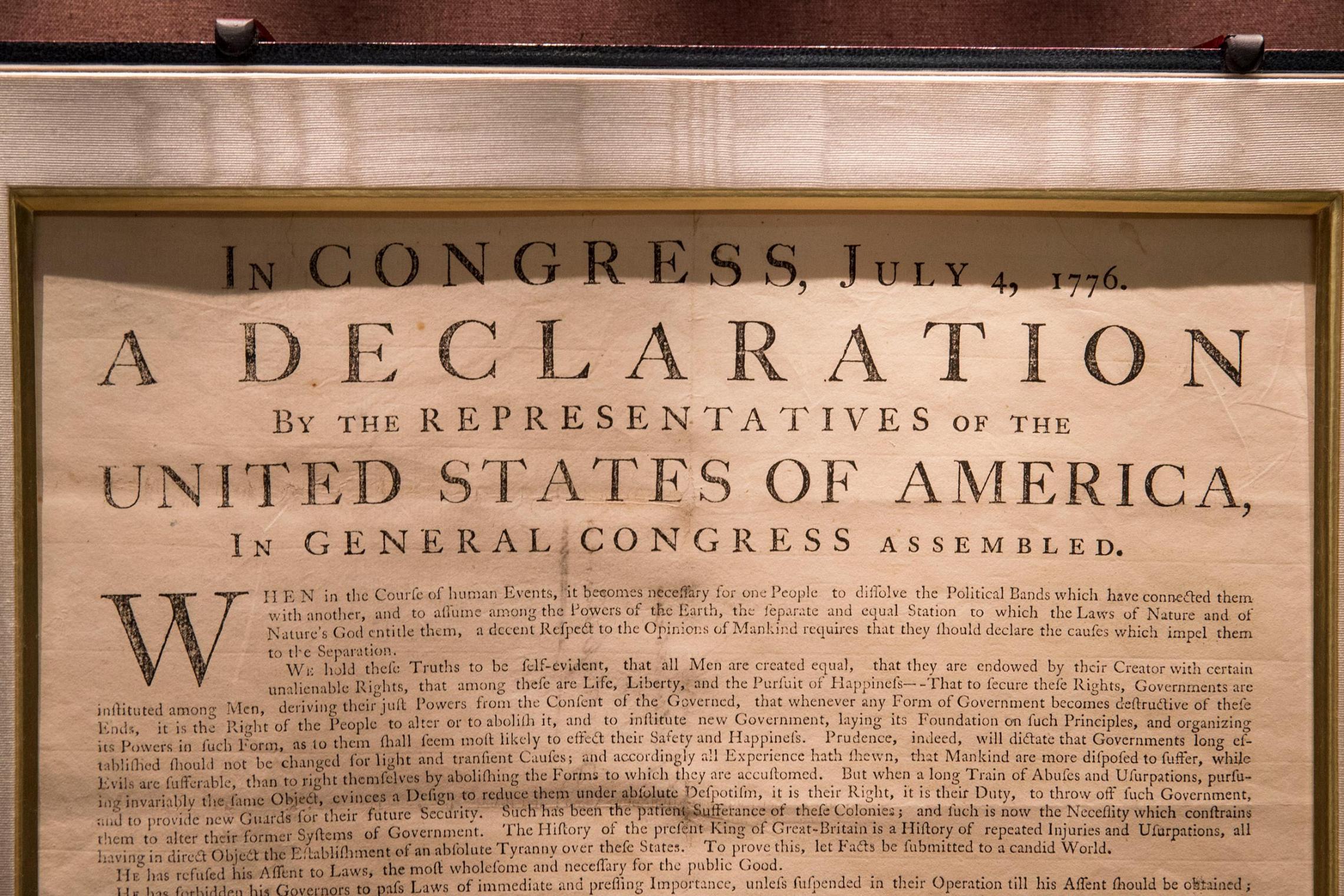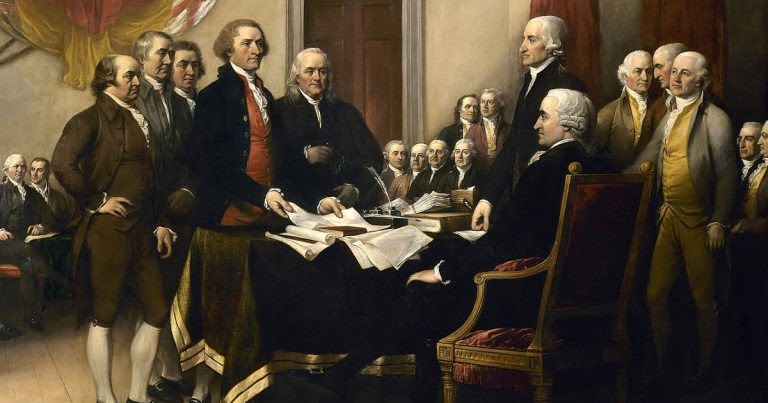

The document has suffered much wear and tear throughout history, despite the best intentions of its keepers. Today, the original engrossed and signed parchment copy of the Declaration of Independence rests under strict humidity, light and temperature encasings in the Rotunda of the National Archives. However, Stockton renewed his oath of loyalty to the colonies once he regained his freedom in 1777. Only one signer, Richard Stockton of New Jersey, after being captured and tortured by the British, took a British pardon and supposedly recanted his support.



Benjamin Franklin was the oldest signer at age 70, while South Carolina delegate Edward Rutledge, 26, was the youngest (a 44-year age difference).Ī total of 56 delegates eventually signed the Declaration, at the risk of their own lives in the midst of the Revolutionary War. John Hancock was the first to sign the Declaration on Aug. 2 with his famous large signature, one of the few signatures still barely legible on the original document. The delegates chosen with the help of state legislators throughout the colonies would later become the Declaration’s signers. Virginia’s assembly reconvened to choose delegates in a tavern after its governor officially dissolved the assembly. New York held a general election, and South Carolina held an open meeting. In Rhode Island, Connecticut, Pennsylvania and Massachusetts, the assembly chose its delegates. Each colony used a different means to choose its delegates to the Continental Congress. Most of the delegates signed the completed parchment document on Aug. 2, 1776.Ĭolonial legislatures, precursors to today’s state legislatures, played a direct role in choosing who would be the signers of this historic document. The process of engrossment, or official writing in a large, clear hand on parchment, took about a month. Two copies have been found in the last 25 years: one in 1989 at a Philadelphia flea market and another in 2009 at the British National Archives.Īfter adoption, the Continental Congress commissioned Pennsylvania delegate Timothy Matlack to engross the Declaration. Twenty-six of the copies, known as “Dunlap broadsides” still survive today. (New York waited until July 9 to officially adopt the draft.)Īfter the delegates adopted the Declaration, they had to get the message out to the states, so on the night of July 4 (and into the morning of July 5), the Committee of Five, including Thomas Jefferson and John Adams, headed to the shop of Philadelphia printer John Dunlap. They printed and distributed about 200 copies across the 13 colonies. On this date, 12 of the 13 delegations from the colonies officially adopted and announced the Declaration at the Second Continental Congress. So what actually happened on July 4, 1776?Ĭontrary to popular belief, the Declaration of Independence was not actually signed on July 4. Two hundred forty years ago on July 4, the Founding Fathers weren’t grilling and watching fireworks. Law, Criminal Justice and Public Safety.Communications, Financial Services and Interstate Commerce.
When was declaration of independence signed professional#


 0 kommentar(er)
0 kommentar(er)
